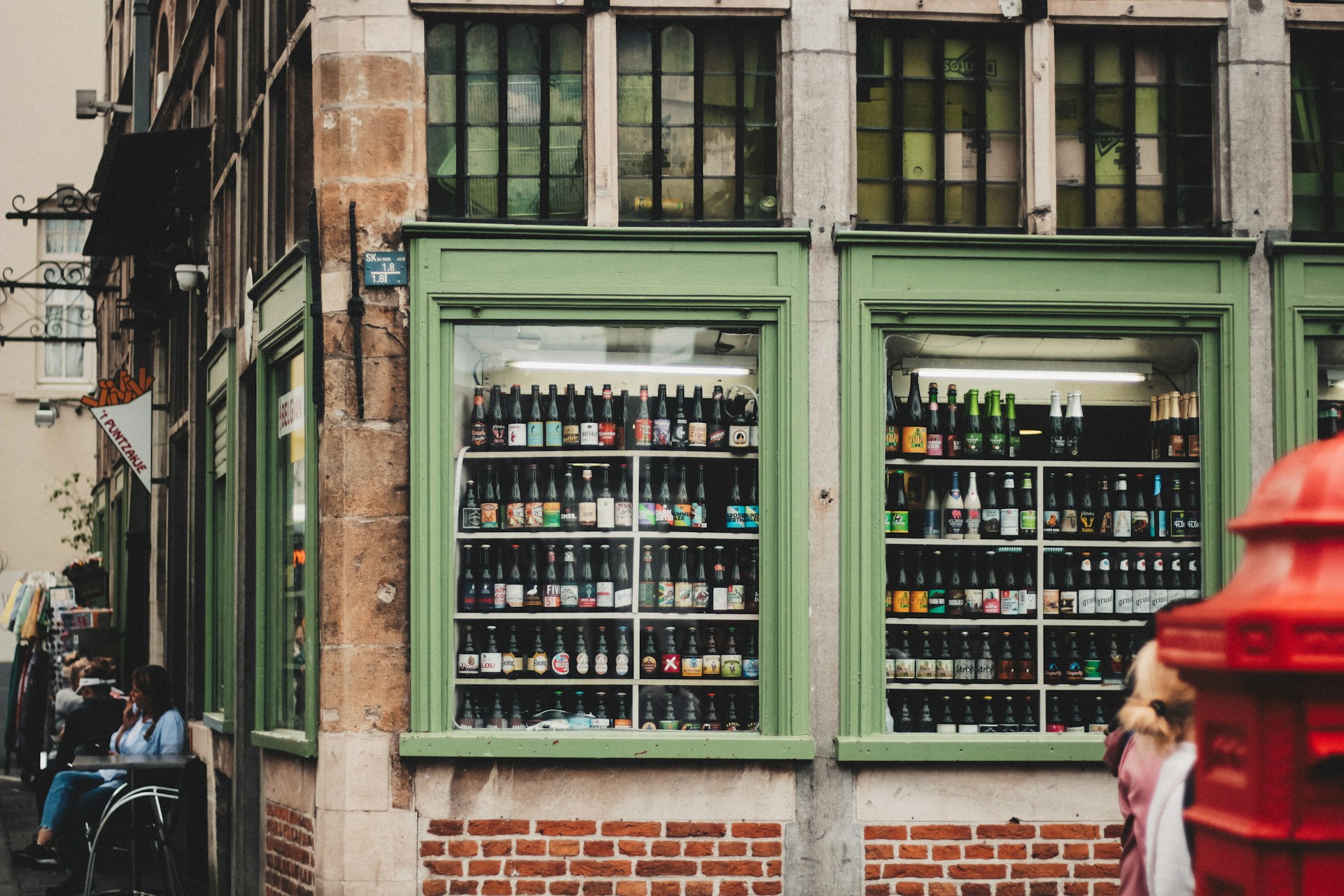
Belgian beer-makers are not afraid to experiment.
November 14, 2025
Belgian beer is a way of life inscribed on UNESCO’s Intangible Cultural Heritage of Humanity List. With a tradition dating back to the Middle Ages, this small country produces over 1,500 different beers, ranging from sweet fruit lambics to bold Trappist ales and sour blends aged in wood. Since conception, Belgian brewers have cultivated a passion for experimentation – using beer-making as an expression of creativity and local pride. To understand the culture of Belgium, you need to understand its beer.
Belgian monks, notably from the Chimay, Orval, and Westmalle monastic communities, began brewing beer as an alternative to contaminated drinking water. These Trappist beers are still brewed under the supervision of monks, following strict guidelines that prioritize quality and honor historic craftsmanship.
By the 16th century, brewing had become a cornerstone of Belgian society. Every region developed its own styles and techniques based on the local climate and ingredients. Brussels, Leuven, Ghent, and Bruges became particular hubs where brewers experimented with unique yeasts and spontaneous fermentation techniques. This gave rise to distinctive sour beers like lambic, gueuze, and kriek.

Trappist ales are the most revered of Belgium’s beer portfolio. Brewed within monastery walls, these strong beers carry complex flavors and preserve a moment in history. Abbey beers such as Leffe and Grimbergen are inspired by Trappist methods but produced commercially.
Lambics, native to the Brussels area, are spontaneously fermented using wild yeasts, resulting in tart, earthy flavours. Gueuze beers, a blend of young and old lambic beers, and fruit lambics such as kriek (cherry) or framboise (raspberry) are an offshoot of lambic beers.
Saisons, originally farmhouse ales from Wallonia, are known for their somewhat spicy character. Witbiers, or white beers, are brewed with wheat, coriander, and orange peel while Belgian strong ales (golden or dark) balance a bold alcohol content with fruity esters and spicy undertones.
Enjoyed with daily meals, shared at festivals, and celebrated through centuries-old traditions, every Belgian beer is served in its own uniquely shaped glass designed to enhance its unique aromas. The Belgians view beer as an artisanal product meant to be savoured rather than consumed at pace.
For travellers, there are countless ways to experience Belgium’s beer culture firsthand. In Brussels, Cantillon Brewery operates as both a working brewery and a museum, preserving the art of lambic brewing. Leuven, home to the global headquarters of AB InBev, offers exceptional dining alongside a huge variety of beers at the Domus Brewery and tours of the Stella Artois Brewery. In the beautiful city of Bruges, visitors can climb the De Halve Maan Brewery’s tower for panoramic views and a glass of Brugse Zot. Ghent’s canals are lined with lively craft beer bars. The Ardennes region is home to the legendary Trappist monasteries of Orval and Chimay, offering a taste of beers that rarely leave the country.
Festivals like Brussels’ Belgian Beer Weekend (September) bring together breweries large and small, offering visitors a chance to sample hundreds of varieties in one place. The Zythos Beer Festival in Leuven is a major event held every couple of years, with the next date slated for 2027.
For a deeper dive, Belgium’s Beer Routes are themed travel itineraries connecting breweries, heritage sites, and hop fields across Flanders and Wallonia. Contact Darby’s Destinations to design a bespoke travel itinerary fusing beer with heritage and culture.